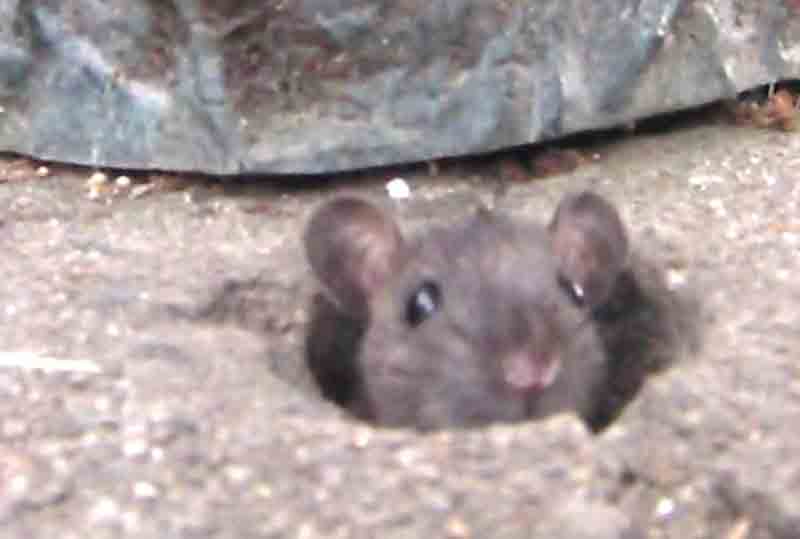Barcelona draws up a census to know how many rats are in its subsoil

The City Council of Barcelona has proposed to keep at bay the population of rodents living in the subsoil of the city and is developing different measures to monitor and control the population of sewer rats, black rat, and domestic mouse. Also, the Consistory is preparing a census of rodents that will be ready in 2018 and that will make Barcelona the “first city in the world” in knowing how many rats inhabit its subsoil.
According to the Public Health Agency, in the city, there are certain environmental imbalances that favor the proliferation of these mammals and that, promptly, increasing population that must be approached with different strategies of control.
Barcelona City Health Commissioner Gemma Tarafa says that at this time of year citizenship increases the use of public space “which translates into a greater generation of waste.” Added to the increase of waste is the increase of green areas that “gives the greater chance of shelter and nesting murals.” The latter concept, Murine, is used by technicians to appoint such mammals.
Tarafa reassures citizens that rat pests “are not a problem, today, public health in Barcelona.” The commissioner with the data in hand reports that in 2016 neighbors filed 1,600 complaints reporting the presence of rodents. “It should be noted that not all the spaces denounced are municipal management and not always the City can intervene in shops, warehouses, and private gardens,” argues Tarafa.
After the warnings, a first inspection response is made between 24 and 48 hours after the call. “Based on the knowledge of the particularities of these incidents and the information collected in the territory, more than 550 action plans are articulated annually for the management of incidents of rats and mice. During 2016, 12,500 interventions were carried out in this area, and by the end of this year we expect to reach 15,000 “.
This year the technicians of the Public Health Agency are studying the densities of rodents found at different points in the sewage system in Barcelona to obtain data on the number and concentration of this type of pest. The study will be completed in 2018 and, according to Tarafa, Barcelona could be the first city in the world to guess how many rodents live in its subsoil.
Anti-rotating equipment
Throughout the summer and until November ten teams of operators consisting of two workers each (a total of 20 technicians) will perform the control of “murids” in the city. The rest of the year the number of teams was reduced to five.
Manel Ruiz belongs to one of these teams. He knows perfectly the traps that are used to put at bay the rodents. Ruiz shows a kind of tube that can only be opened with a master key. “In the middle, we put a bait that contains poison. The trap is designed so that only rodents can enter and so we do not risk access to other types of mammals, “he says. The blue bait causes death in an inevitable but not instantaneous way. “Rats are very clever, and if they associate the intake of this food with death they will not eat it,” he says. The rodent dies after a few days and ensures that neither agonizing nor tortuous.
Ruiz, as if he were an urban hunter, recognizes where rodents can hide. Discover burrows that can connect the sewer to the surface and know how to act.
Sandra Franco, a pest control technician, says that the number of complaints with a greater presence of rodents is unrelated. Still, he points out some points where they are acting after receiving complaints: “In the neighborhood of Guineueta, Pere IV Avenue, Gòtic and Sant Andreu.”
Franco points out that the great difficulty they face in controlling the plagues is the factories, solar … abandoned. “They are an ideal place to shelter and breed pest of different types but, with an added difficulty, we can not intervene in enclosed areas or private properties,” he laments.



